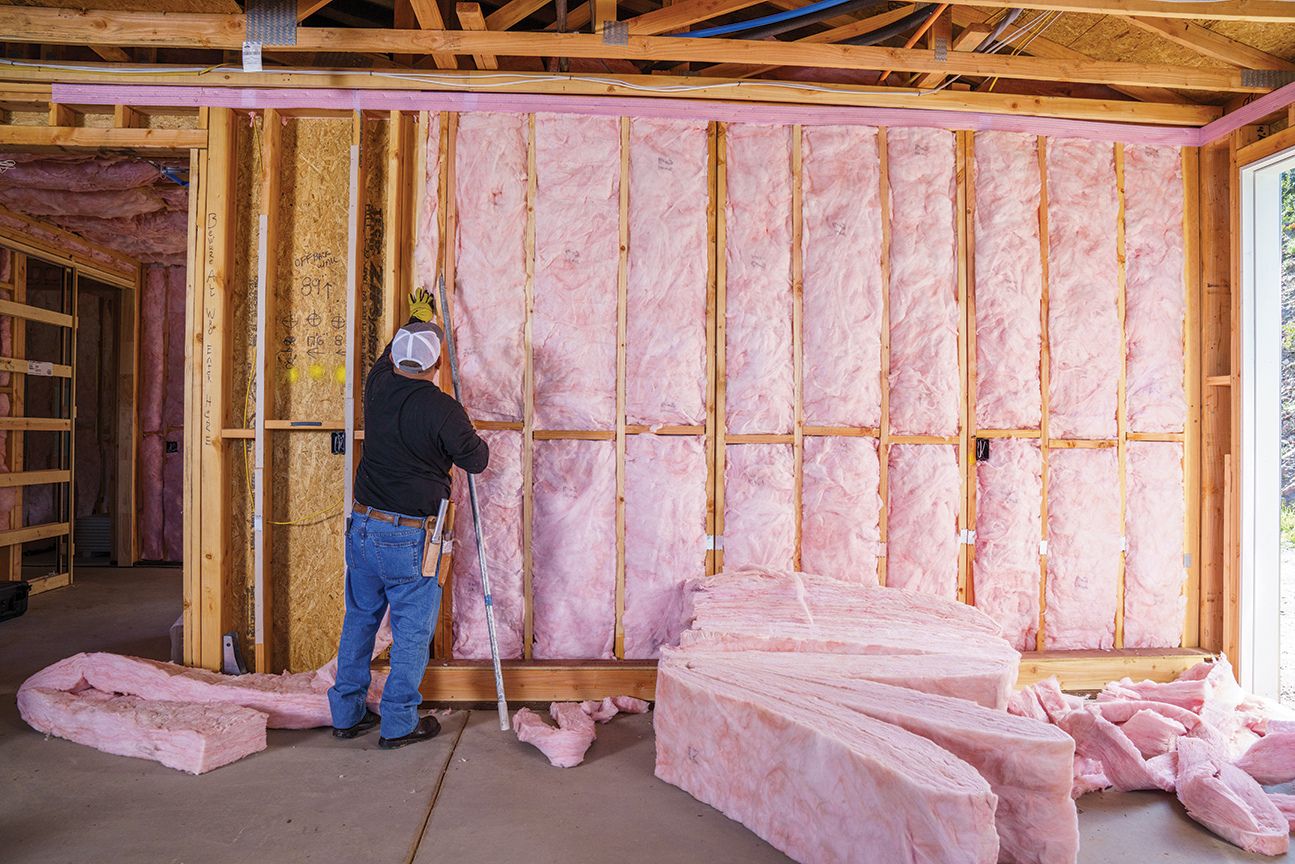

Articles
What Is Pink Insulation
Modified: January 8, 2024
Discover everything you need to know about pink insulation in our informative articles. Get expert insights and tips for insulating your home effectively.
(Many of the links in this article redirect to a specific reviewed product. Your purchase of these products through affiliate links helps to generate commission for Storables.com, at no extra cost. Learn more)
Introduction
Welcome to the world of pink insulation! In this article, we will explore what pink insulation is, its different types, benefits, installation process, cost, and maintenance. We will also discuss how pink insulation compares to other types of insulation, its environmental impact, common uses, and conclude with a summary of its key features.
When it comes to insulating our homes or commercial buildings, it is crucial to choose the right type of insulation that not only provides optimal thermal performance but also meets our individual needs. Pink insulation, also known as fiberglass insulation, has gained popularity over the years due to its effectiveness and affordability.
Pink insulation is made up of tiny glass fibers that are spun together to create a wool-like material. This material is then bound together using a unique resin, resulting in a lightweight and flexible insulation product. The distinct pink hue comes from a dye added to the resin during the manufacturing process.
Now that we have a brief overview of pink insulation, let’s delve deeper into its different types and explore the benefits it offers. Whether you are building a new home or looking to upgrade your existing insulation, understanding the various aspects of pink insulation will help you make an informed decision.
Key Takeaways:
- Pink insulation, also known as fiberglass insulation, offers cost-effective energy efficiency, noise reduction, and fire resistance. Its versatility makes it suitable for various applications in residential, commercial, and industrial buildings.
- When considering insulation options, pink insulation stands out for its sustainable manufacturing, recyclability, and environmental benefits. It provides a comfortable and eco-friendly solution for improving energy efficiency and reducing environmental impact.
Read more: Why Is Pink Panther On Insulation
Definition of Pink Insulation
Pink insulation, also referred to as fiberglass insulation, is a type of thermal insulation that is installed in walls, ceilings, and floors to reduce heat transfer and improve energy efficiency in buildings. It gets its name from its distinct pink color, which is a result of a dye added during the manufacturing process.
The primary component of pink insulation is glass fibers. The manufacturing process involves melting sand and other raw materials to create molten glass, which is then extruded into thin fibers using a process known as centrifugal spinning. These fibers are then compressed and shaped into loose-fill or batts and rolls, ready for installation.
Pink insulation is known for its excellent thermal performance, as the tiny glass fibers create air pockets that trap heat and slow down heat transfer through conduction. This helps to keep buildings warmer in the winter and cooler in the summer, reducing the reliance on heating and cooling systems and ultimately lowering energy costs.
Additionally, pink insulation provides acoustic insulation by absorbing sound waves and reducing noise transmission between rooms and floors. This can significantly improve the comfort and privacy within a building.
It is important to note that pink insulation is generally non-combustible, meaning it does not easily catch fire or contribute to the spread of flames. This is due to the glass fibers being made from non-combustible materials. However, it is still essential to follow proper installation guidelines and consider fire safety measures when using pink insulation.
Overall, the definition of pink insulation encompasses its role in improving thermal efficiency, reducing energy consumption, enhancing acoustic comfort, and providing fire resistance. Its affordability and versatility make it a popular choice for both residential and commercial buildings.
Types of Pink Insulation
There are several types of pink insulation available on the market, each designed to suit different applications and installation methods. Let’s explore the most common types:
- Batts and Rolls: Batts and rolls are the most common and widely used form of pink insulation. They come in pre-cut sheets or rolls, making them easy to handle and install. They are commonly used in walls, attics, and floors. Batts and rolls are available in various thicknesses and widths to fit different wall stud or joist spacing.
- Loose-fill Insulation: Loose-fill insulation consists of small, fluffy pink fibers that are blown or poured into open spaces using special equipment. This type of insulation is commonly used in attics and can also be used in walls, floors, and ceilings. Loose-fill insulation is ideal for irregularly shaped spaces and provides excellent coverage.
- Spray Foam Insulation: Although not technically pink insulation, it is worth mentioning spray foam insulation as it is a popular alternative. This type of insulation is applied as a liquid that expands into a foam, filling gaps, and sealing air leaks. Spray foam insulation provides excellent thermal resistance and can be used in walls, attics, and crawlspaces.
- Rigid Panels: Rigid pink insulation panels are made of compressed fiberglass fibers and are often used in areas that require a higher level of insulation, such as basement walls or exterior sheathing. They provide good thermal resistance and are resistant to moisture and mold growth.
- Reflective Insulation: Reflective insulation, sometimes referred to as foil insulation, consists of layers of aluminum foil laminated to pink insulation material. This type of insulation is best suited for areas with high radiant heat transfer, such as roofs and attics. It helps reflect heat away from the building, reducing heat gain in the summer.
These different types of pink insulation offer flexibility in terms of installation methods and suitability for various areas of a building. It is essential to consider the specific requirements of your project and consult with a professional to determine the best type of pink insulation for your needs.
Benefits of Pink Insulation
Pink insulation offers a wide range of benefits that make it a popular choice among homeowners and builders. Let’s explore some of the key advantages of using pink insulation in buildings:
- Energy Efficiency: One of the primary benefits of pink insulation is its ability to improve energy efficiency. The trapped air pockets in the insulation material slow down heat transfer, reducing the need for heating and cooling systems. This results in lower energy consumption and reduced utility bills.
- Thermal Comfort: Pink insulation helps maintain a consistent indoor temperature, ensuring thermal comfort year-round. It keeps the heat in during the winter and blocks out the hot air in the summer, creating a more comfortable living environment for occupants.
- Noise Reduction: Pink insulation provides excellent acoustic insulation, reducing sound transmission between rooms and floors. This helps create a quieter and more peaceful living or working environment.
- Fire Resistance: Pink insulation made from non-combustible materials adds an extra layer of fire resistance to buildings. It does not readily catch fire or contribute to the spread of flames, providing added safety and peace of mind.
- Durable and Long-lasting: Pink insulation is durable and designed to last for many years when installed properly. It does not shrink, sag, or settle over time, ensuring its effectiveness and longevity.
- Eco-friendly: Pink insulation is made from recycled glass and other sustainable materials. It helps reduce the demand for new resources and minimizes waste. Additionally, pink insulation can be recycled at the end of its lifespan, further reducing its environmental impact.
- Cost-effective: Pink insulation is known for its affordability compared to other types of insulation materials. It offers excellent value for money by providing significant energy savings and long-term benefits.
- Easy Installation: Whether it’s batts and rolls, loose-fill, or rigid panels, pink insulation is relatively easy to install. It can be customized to fit various spaces and does not require specialized tools or equipment.
These benefits highlight the advantages of using pink insulation in both residential and commercial buildings. By improving energy efficiency, creating a comfortable and quiet environment, enhancing fire safety, and being environmentally friendly, pink insulation is an excellent choice for insulating your property.
Installation Process of Pink Insulation
The installation process of pink insulation varies depending on the type of insulation being used, whether it is batts and rolls, loose-fill, or rigid panels. However, there are some general steps to follow when installing pink insulation. Here is a basic overview of the installation process:
- Prepare the Work Area: Before starting the installation, ensure that the work area is clean and free of debris. Clear any obstacles that may hinder the installation process.
- Wear Protective Gear: It is important to wear appropriate protective gear, such as gloves, safety glasses, and a dust mask, to prevent any skin irritation or respiratory issues when handling insulation materials.
- Measure and Cut: Take accurate measurements of the space where the insulation will be installed. For batts and rolls, use a utility knife or insulation cutter to cut the material to the desired length and width, ensuring a snug fit.
- Fit the Insulation: Carefully place the insulation material into the designated space, ensuring it fills the entire area without any gaps or compression. For batts and rolls, gently push the insulation into walls, ceilings, or floors, making sure it snugly fits against the framing members.
- Seal Air Leaks: Pay attention to sealing any air leaks or gaps in the building envelope. Use foam sealants or caulking to seal around windows, doors, electrical outlets, and other openings to minimize heat loss or gain.
- Secure in Place: If required, use insulation hangers, staples, or adhesive to secure the insulation in place, especially for loose-fill insulation or rigid panels. This prevents shifting or movement over time.
- Install Vapor Barrier: In certain climates, the installation of a vapor barrier may be necessary. This prevents moisture from penetrating the insulation and causing damage. Ensure the vapor barrier is properly installed and sealed to maintain its effectiveness.
- Follow Safety Guidelines: Always follow safety guidelines and instructions provided by the manufacturer when handling and installing pink insulation. This ensures a safe and efficient installation process.
It is worth noting that the installation process may vary based on the specific requirements of your project and the type of pink insulation being used. It is recommended to consult with a professional or refer to the manufacturer’s guidelines for detailed installation instructions.
By following the correct installation process, you can ensure that the pink insulation is properly installed, maximizing its performance and reaping the full benefits it offers.
Pink insulation is a type of fiberglass insulation that is commonly used in residential construction. It is known for its thermal and sound insulation properties, and is often used in walls, attics, and crawl spaces. When handling pink insulation, be sure to wear protective clothing and a mask to avoid irritation from the fiberglass fibers.
Read more: What Is The Fire Pink Wildflower
Cost and Maintenance of Pink Insulation
When considering pink insulation for your property, it’s important to understand both the cost of installation and the ongoing maintenance involved. Let’s explore the cost factors and maintenance requirements associated with pink insulation:
Cost of Pink Insulation:
The cost of pink insulation can vary depending on factors such as the type of insulation, the size of the area to be insulated, and the thickness or R-value of the insulation. In general, pink insulation is known for its affordability compared to other types of insulation materials. Batts and rolls are typically the most cost-effective option, followed by loose-fill and rigid panels. It is advisable to obtain quotes from different suppliers or contractors to compare prices and choose the most suitable option for your budget and needs.
Maintenance of Pink Insulation:
Pink insulation requires minimal maintenance once installed. Here are some key points to keep in mind:
- Avoid Compacting or Disturbing the Insulation: It is crucial to avoid compressing or disturbing the pink insulation to maintain its effectiveness. Avoid stepping on or leaning against the insulation to prevent it from becoming less efficient.
- Monitor for Moisture: Regularly inspect the insulation for signs of moisture, such as water stains or mold growth. If moisture issues are detected, address the underlying cause and take necessary steps to dry out and replace any damaged insulation.
- Seal Air Leaks: Check periodically for any air leaks or gaps around windows, doors, and other openings. Seal these areas properly to minimize heat loss or gain and ensure the insulation’s optimal performance.
- Keep an Eye on Pests: Inspect the insulation for any signs of pests, such as rodents or insects. Take appropriate measures to address any infestation promptly to prevent damage to the insulation.
- Regular Inspections: It is advisable to conduct regular visual inspections of the insulation to ensure its integrity and performance. This can help catch any issues early on and take necessary measures for maintenance or repairs.
By following these maintenance practices, you can ensure that your pink insulation remains in good condition and continues to provide the desired thermal and acoustic insulation benefits.
Overall, while the initial cost of pink insulation may vary depending on several factors, it is generally an affordable option for optimizing energy efficiency. Additionally, with proper maintenance and care, pink insulation can deliver long-term cost savings and comfort in your home or building.
Comparisons with Other Types of Insulation
When choosing insulation for your property, it’s important to consider how pink insulation compares to other types of insulation available on the market. Let’s take a look at how pink insulation stacks up against some common alternatives:
Fiberglass Insulation vs. Cellulose Insulation:
Fiberglass insulation, like pink insulation, is composed of glass fibers. It offers similar thermal performance, sound absorption, and fire resistance. However, cellulose insulation, made from recycled paper fibers treated with fire-retardant chemicals, provides slightly better resistance to air movement and is more environmentally friendly. Cellulose insulation may be more suitable for densely packed areas or older homes.
Fiberglass Insulation vs. Spray Foam Insulation:
While fiberglass insulation and pink insulation offer excellent thermal performance at an affordable cost, spray foam insulation provides better air sealing and can create a more airtight building envelope. Spray foam insulation expands to fill gaps and cracks, providing superior insulation and reducing energy loss. However, spray foam insulation is usually more expensive than fiberglass insulation and requires professional installation.
Fiberglass Insulation vs. Mineral Wool Insulation:
Mineral wool insulation, also known as rock wool or stone wool insulation, is an alternative to pink insulation. It offers similar thermal insulation and fire resistance properties but has superior sound absorption capabilities. Mineral wool is denser and heavier than fiberglass, making it more effective at reducing sound transmission between rooms or floors. However, mineral wool insulation tends to be more expensive than fiberglass insulation.
Fiberglass Insulation vs. Reflective Insulation:
Reflective insulation, as the name suggests, is designed to reflect radiant heat away from the building. It consists of a layer of aluminum foil combined with pink insulation material. While pink insulation provides excellent thermal resistance through conduction, reflective insulation excels in reducing radiant heat transfer. Reflective insulation is often used in hot climates to mitigate heat gain in attics or roofs. However, it is less effective in colder climates where heat loss through conduction is the primary concern.
Ultimately, the choice between pink insulation and other types of insulation depends on various factors such as cost, specific insulation requirements, climate, building design, and personal preferences. It is recommended to consult with insulation professionals or contractors to assess your needs and determine the best insulation option for your property.
By understanding the differences and considering the pros and cons of each type of insulation, you can make an informed decision that aligns with your objectives and budget.
Environmental Impact of Pink Insulation
When evaluating insulation options, it is essential to consider the environmental impact of the materials used. Pink insulation, also known as fiberglass insulation, has both positive and negative aspects in terms of its environmental footprint. Let’s explore the environmental impact of pink insulation:
Sustainable Manufacturing:
One positive aspect of pink insulation is that it is often made from recycled glass and other recyclable materials. The manufacturing process involves melting down pre-consumer and post-consumer glass and spinning it into fibers. This reduces the demand for new resources and minimizes waste. Furthermore, some manufacturers are implementing energy-efficient practices to reduce their carbon footprint during production.
Energy Efficiency:
Using pink insulation in buildings can significantly improve energy efficiency, which is beneficial for the environment. By reducing heat loss or gain, pink insulation reduces the need for mechanical heating and cooling, consequently lowering energy consumption and greenhouse gas emissions. The extent of energy savings will depend on various factors, including the insulation’s thickness, proper installation, and building design.
Recyclability:
Another environmentally positive aspect of pink insulation is its recyclability. At the end of its lifespan or during renovations, fiberglass insulation can be recycled. Recycled fiberglass can be used in other applications, such as roofing materials and insulation products. Recycling reduces the amount of waste sent to landfills and conserves natural resources.
Health and Indoor Air Quality Considerations:
Pink insulation is generally considered safe for human health and poses minimal risks when properly installed and maintained. However, it is important to note that during installation, small fibers from the insulation can become airborne. Breathing in these fibers may cause irritation to the skin, eyes, throat, or lungs. Proper protective gear, such as gloves, safety glasses, and a dust mask, should be worn during installation to minimize exposure. Manufacturers have developed low-emission or formaldehyde-free options to address any concerns regarding indoor air quality.
Disposal Considerations:
While pink insulation can be recycled, there may still be challenges in handling and disposing of insulation waste. Depending on local regulations and recycling capabilities, not all regions have the infrastructure to effectively recycle fiberglass insulation. This may result in insulation waste being sent to landfills. It’s important to check with local waste management facilities for proper disposal guidelines.
Overall, pink insulation offers environmentally friendly aspects such as recycled content, energy efficiency, and recyclability. However, potential challenges lie in the proper handling and recycling of insulation waste. By selecting insulation products that prioritize sustainable manufacturing practices and considering proper disposal methods, the environmental impact of pink insulation can be significantly reduced.
Common Uses of Pink Insulation
Pink insulation, also known as fiberglass insulation, is a versatile material that finds its application in various areas of residential, commercial, and industrial buildings. Let’s explore some of the common uses of pink insulation:
- Walls: Pink insulation is commonly used in exterior and interior walls to improve thermal performance and sound insulation. Whether it’s new construction or renovations, the insulation is installed between the wall studs, providing a barrier against heat transfer and reducing energy consumption.
- Attics and Roofs: Attics are one of the primary areas where heat loss or gain occurs. Pink insulation is installed in the attic floor or along the roofline to create a thermal barrier. This helps prevent heat transfer between the attic and living spaces, keeping the indoor temperature controlled and reducing energy costs.
- Floors: Installing pink insulation in floors helps reduce heat loss and noise transmission between different levels of a building. It provides a thermal barrier between heated or air-conditioned spaces and unconditioned areas, such as crawlspaces or basements.
- Ceilings: Pink insulation is commonly used in ceilings, particularly in unfinished basements or between floors to provide thermal insulation and sound control. It helps maintain a comfortable indoor environment and reduce noise transmission between levels of the building.
- Pipe and Duct Insulation: Pink insulation is also utilized to insulate pipes and HVAC ductwork. By wrapping pipes and ducts with insulation, it helps prevent heat loss or gain, improves energy efficiency, and reduces the potential for condensation and pipe freezing.
- Sound Studios and Theaters: Pink insulation’s sound absorption properties make it a popular choice in sound studios, theaters, and other areas that require effective sound control. It helps reduce echoes, reverberation, and external noise, creating a more acoustically controlled environment.
- Commercial Buildings: Pink insulation is widely used in commercial buildings, such as offices, schools, hospitals, and retail spaces. It provides thermal insulation, enhances energy efficiency, and improves indoor air quality and occupant comfort.
- Metal Buildings: Pink insulation is commonly used in metal buildings, including warehouses, agricultural buildings, and garages. It helps control temperature fluctuations, reduces condensation, and improves energy efficiency in these often challenging environments.
These are just a few examples of the common uses of pink insulation. It showcases the versatility and effectiveness of pink insulation in providing thermal insulation, sound control, and energy efficiency in various areas of residential, commercial, and industrial buildings.
When considering pink insulation for your project, it is important to assess the specific requirements and consult with insulation professionals to determine the most appropriate installation methods and insulation thickness to achieve optimal performance.
Read more: What Causes Pink Grass
Conclusion
Pink insulation, also known as fiberglass insulation, is a popular choice for insulating residential, commercial, and industrial buildings. Its effectiveness, affordability, and versatility make it a go-to option for many homeowners and builders.
In this article, we explored the various aspects of pink insulation, including its definition, types, benefits, installation process, cost, maintenance, comparisons with other types of insulation, environmental impact, and common uses.
Pink insulation offers numerous benefits, such as improved energy efficiency, thermal comfort, noise reduction, fire resistance, durability, and cost-effectiveness. It helps create a more sustainable and comfortable living or working environment while reducing energy consumption and utility bills.
The installation process of pink insulation involves proper measurement, cutting, fitting, and sealing to ensure optimal performance. Regular maintenance, such as avoiding compression, monitoring for moisture, sealing air leaks, and conducting visual inspections, helps prolong the lifespan and effectiveness of the insulation.
When comparing pink insulation to other types of insulation, factors such as cost, thermal performance, sound absorption, and environmental impact should be taken into consideration. Each type of insulation has its own advantages and suitability for different applications and climates.
In terms of environmental impact, pink insulation showcases positive aspects such as recycled content, energy efficiency, and recyclability. However, proper disposal and handling of insulation waste are important considerations to minimize the impact on the environment.
Finally, pink insulation is commonly used in walls, attics, floors, ceilings, pipes, and HVAC ducts, as well as in sound studios, commercial buildings, and metal buildings. Its versatility and effectiveness make it suitable for a wide range of applications in residential, commercial, and industrial settings.
In conclusion, pink insulation offers a cost-effective and sustainable solution for improving energy efficiency, thermal comfort, sound insulation, and fire resistance in buildings. By understanding its features, benefits, and installation processes, you can make an informed decision and reap the rewards of pink insulation in your property.
Frequently Asked Questions about What Is Pink Insulation
Was this page helpful?
At Storables.com, we guarantee accurate and reliable information. Our content, validated by Expert Board Contributors, is crafted following stringent Editorial Policies. We're committed to providing you with well-researched, expert-backed insights for all your informational needs.
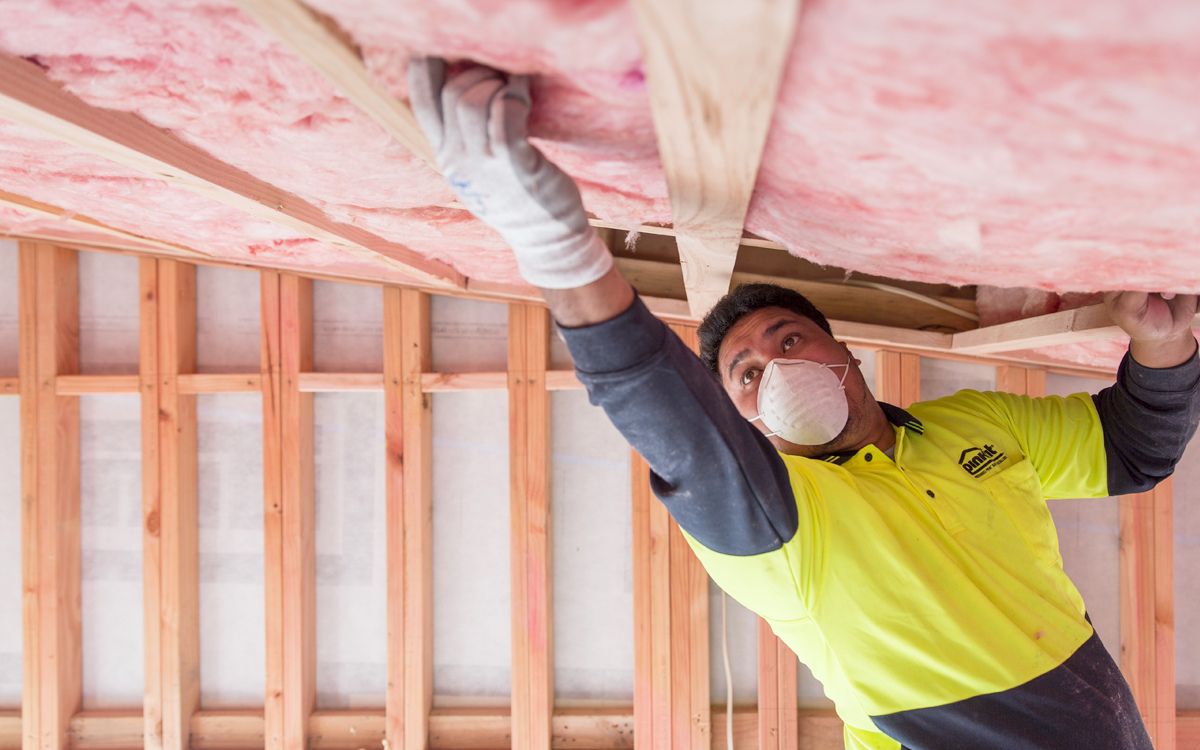
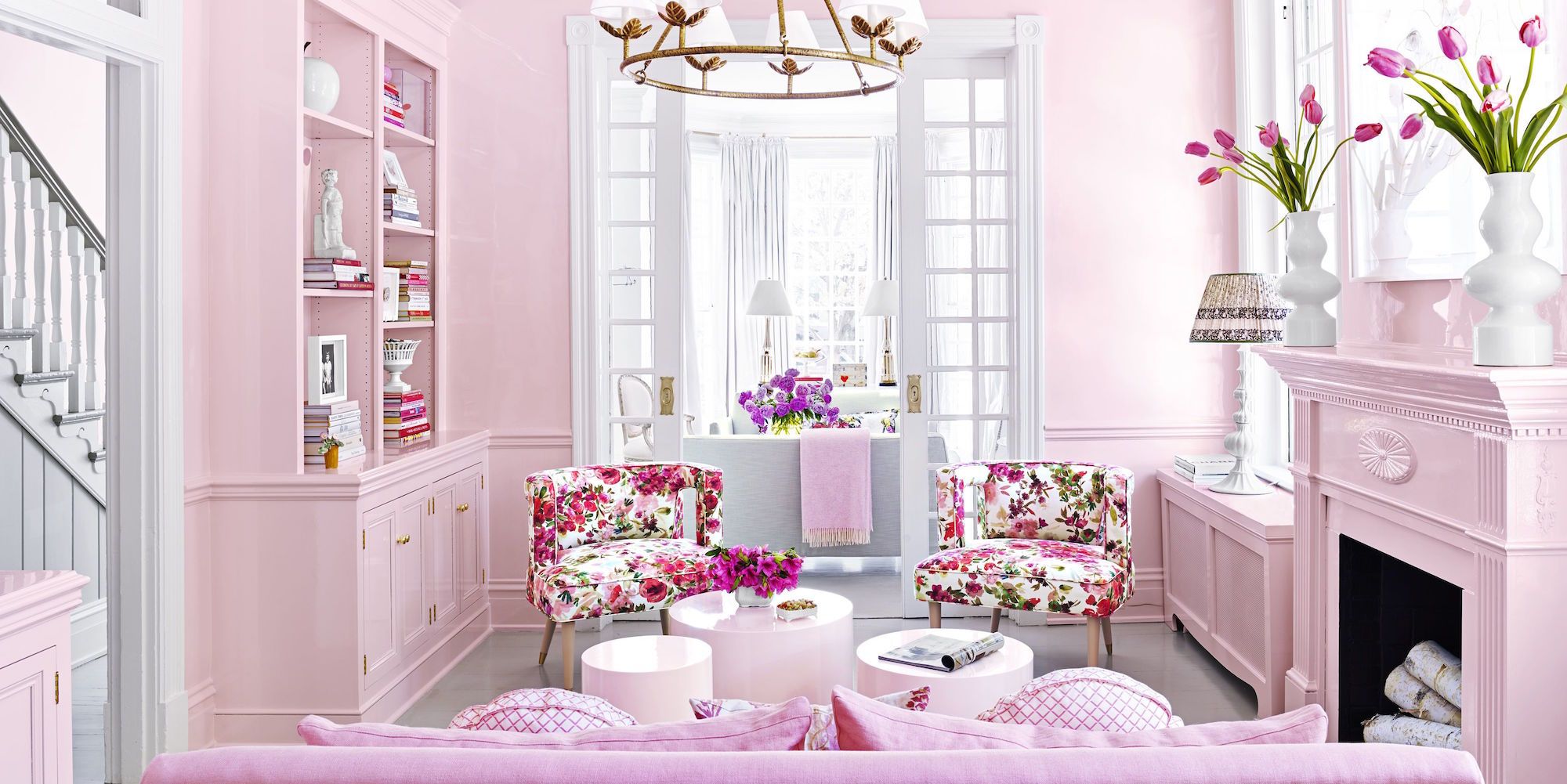
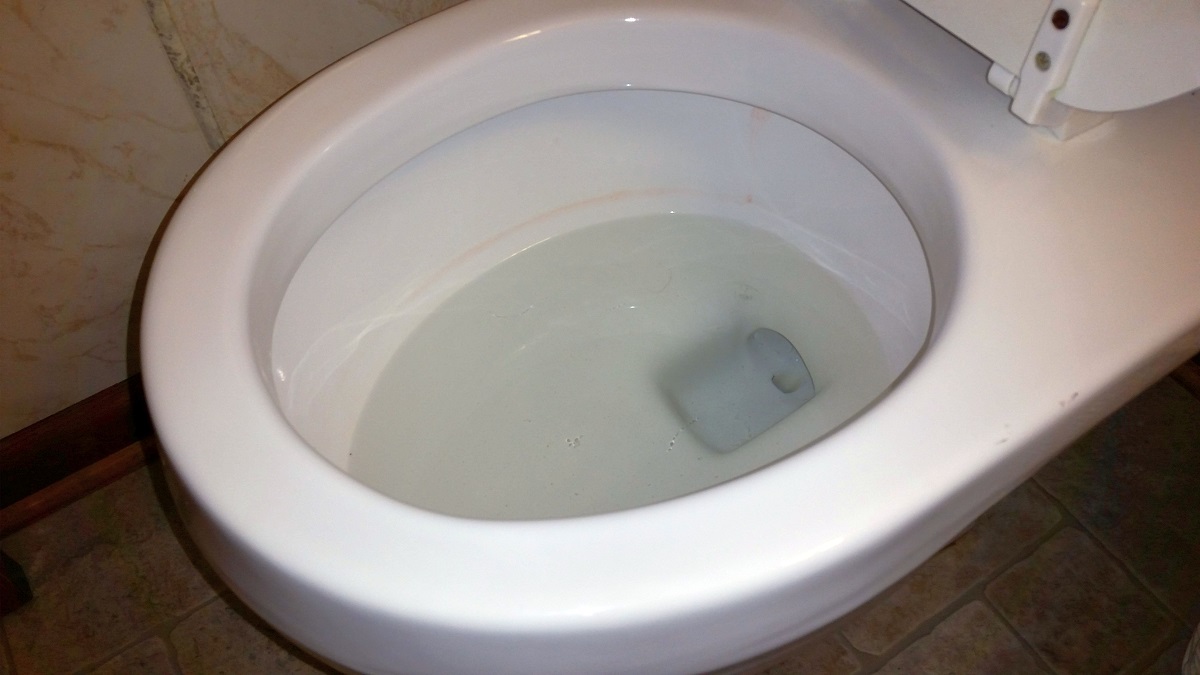
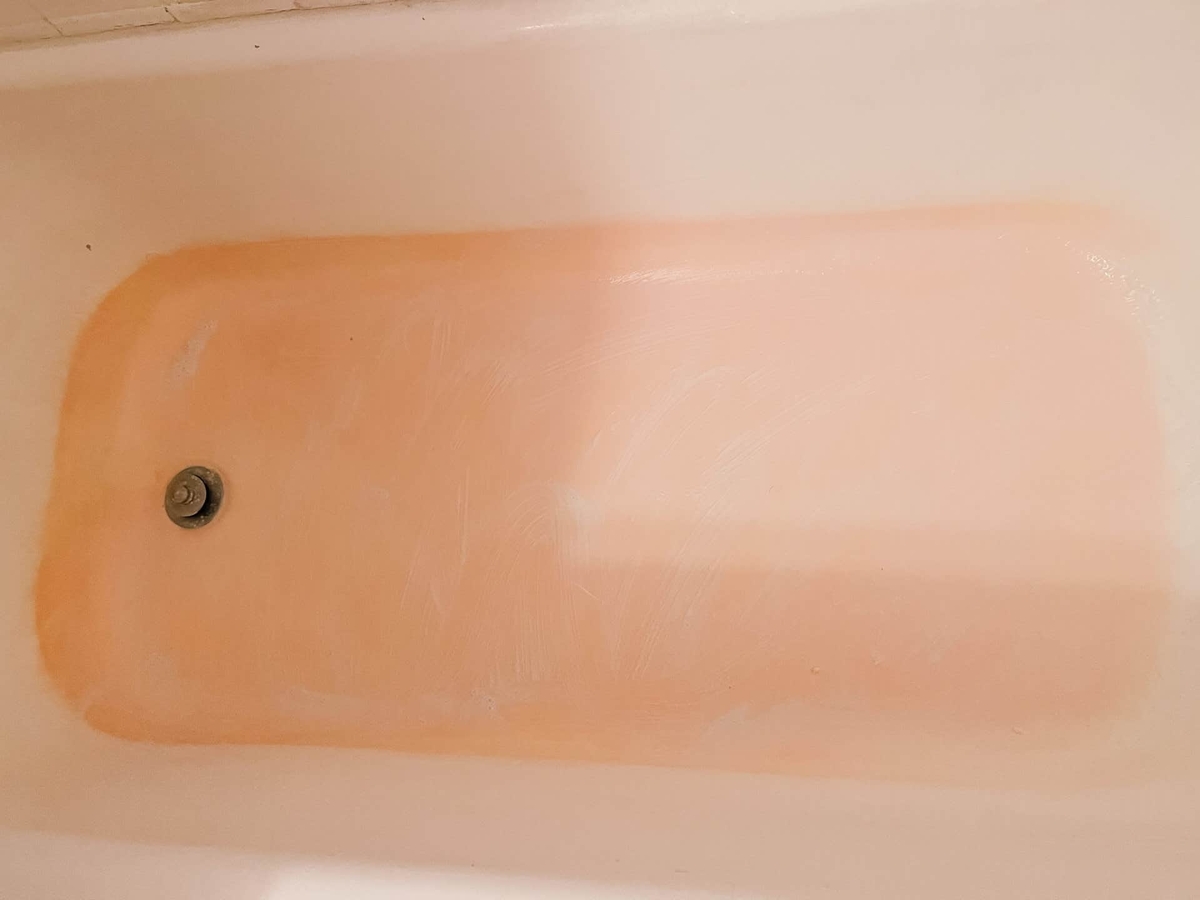
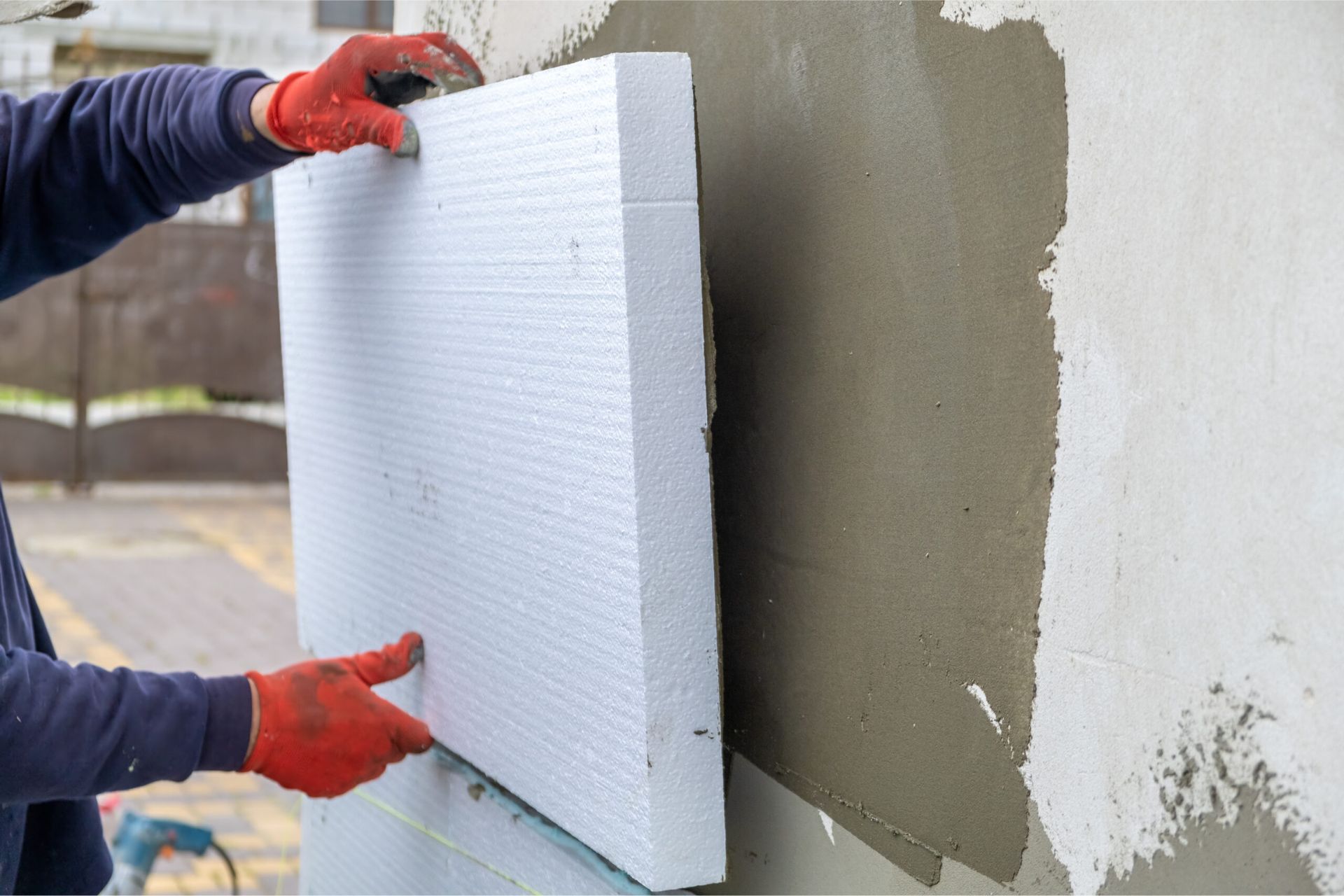
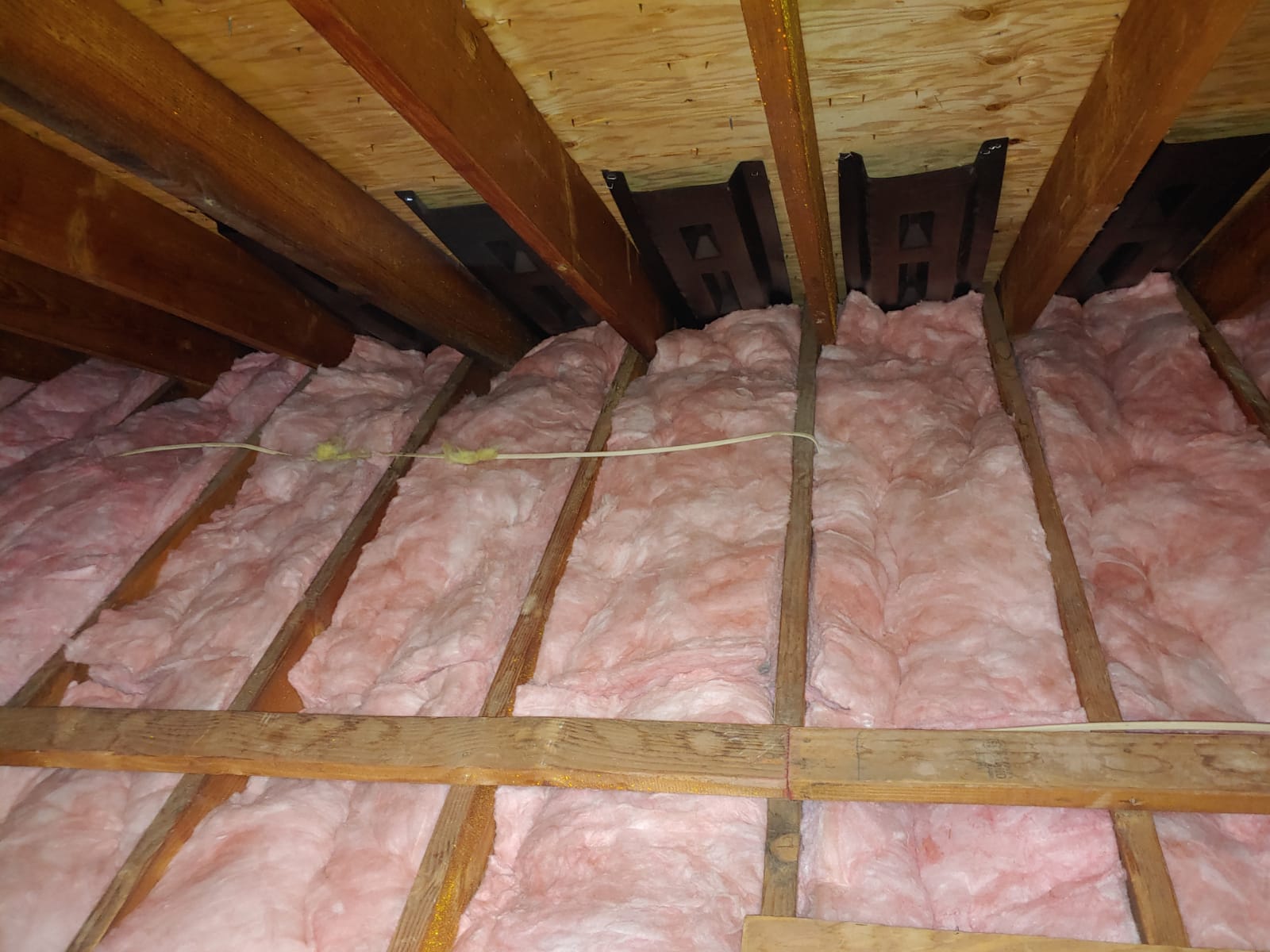
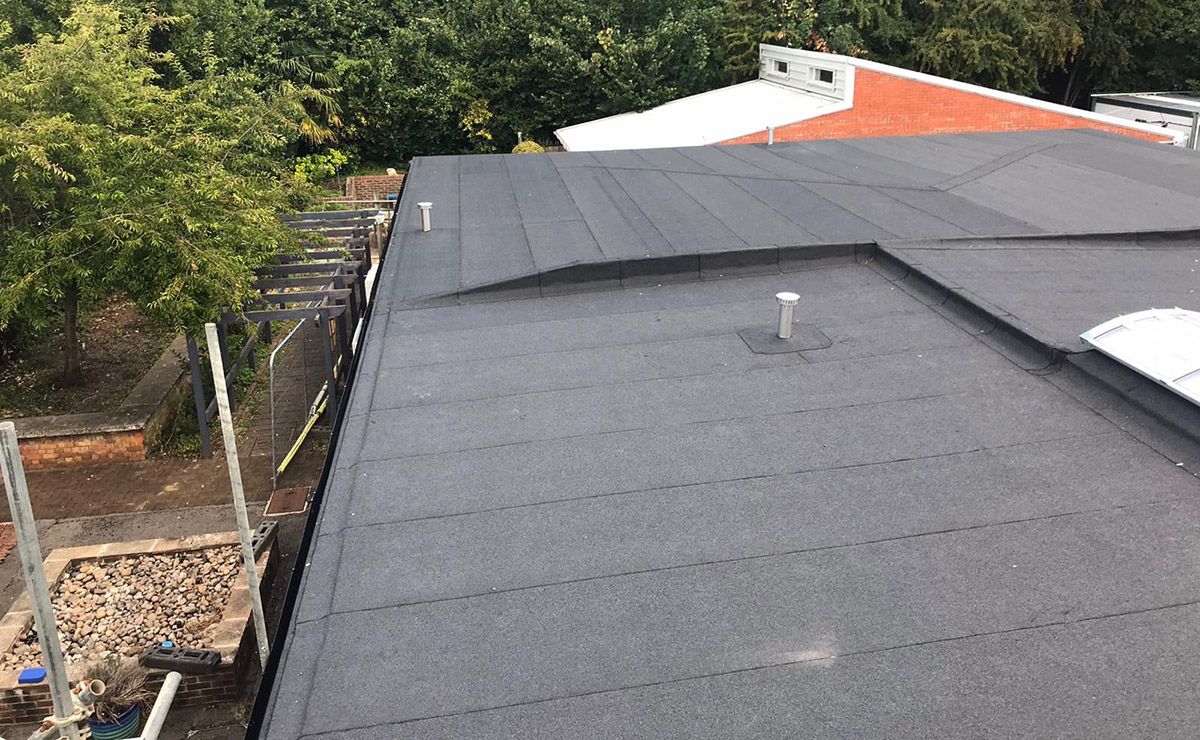
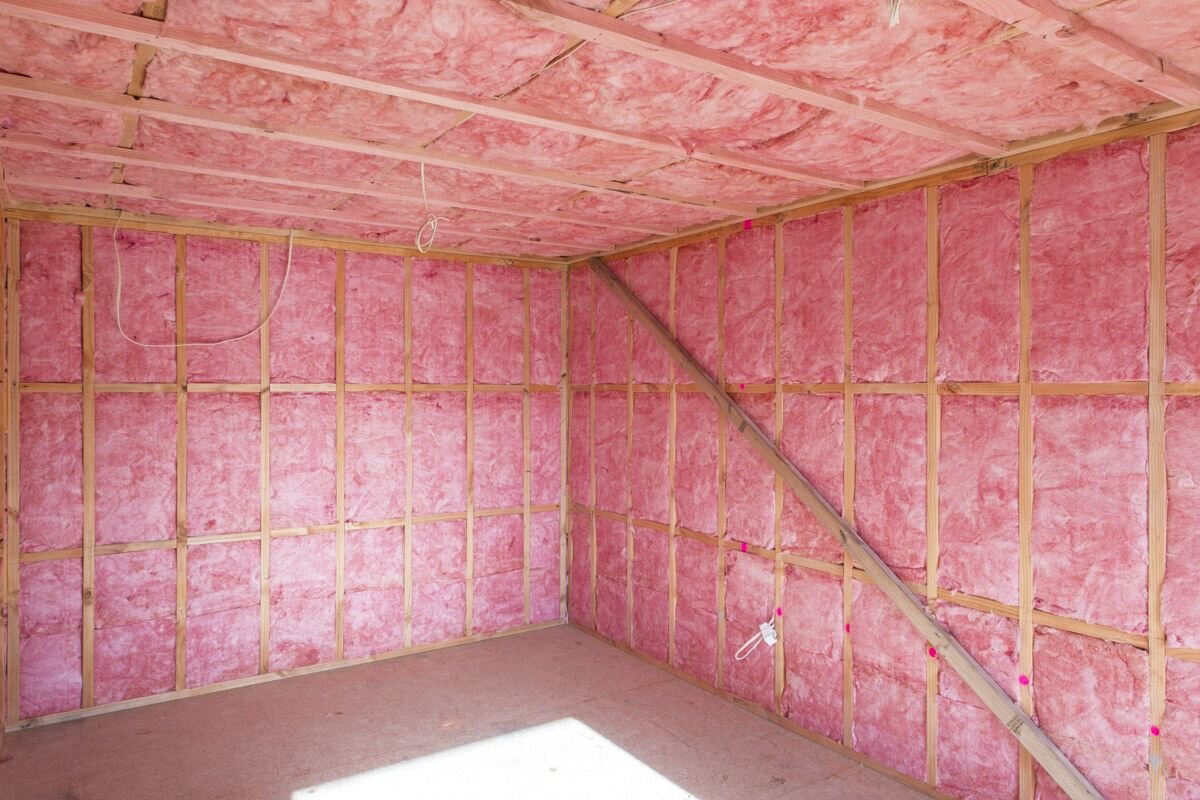
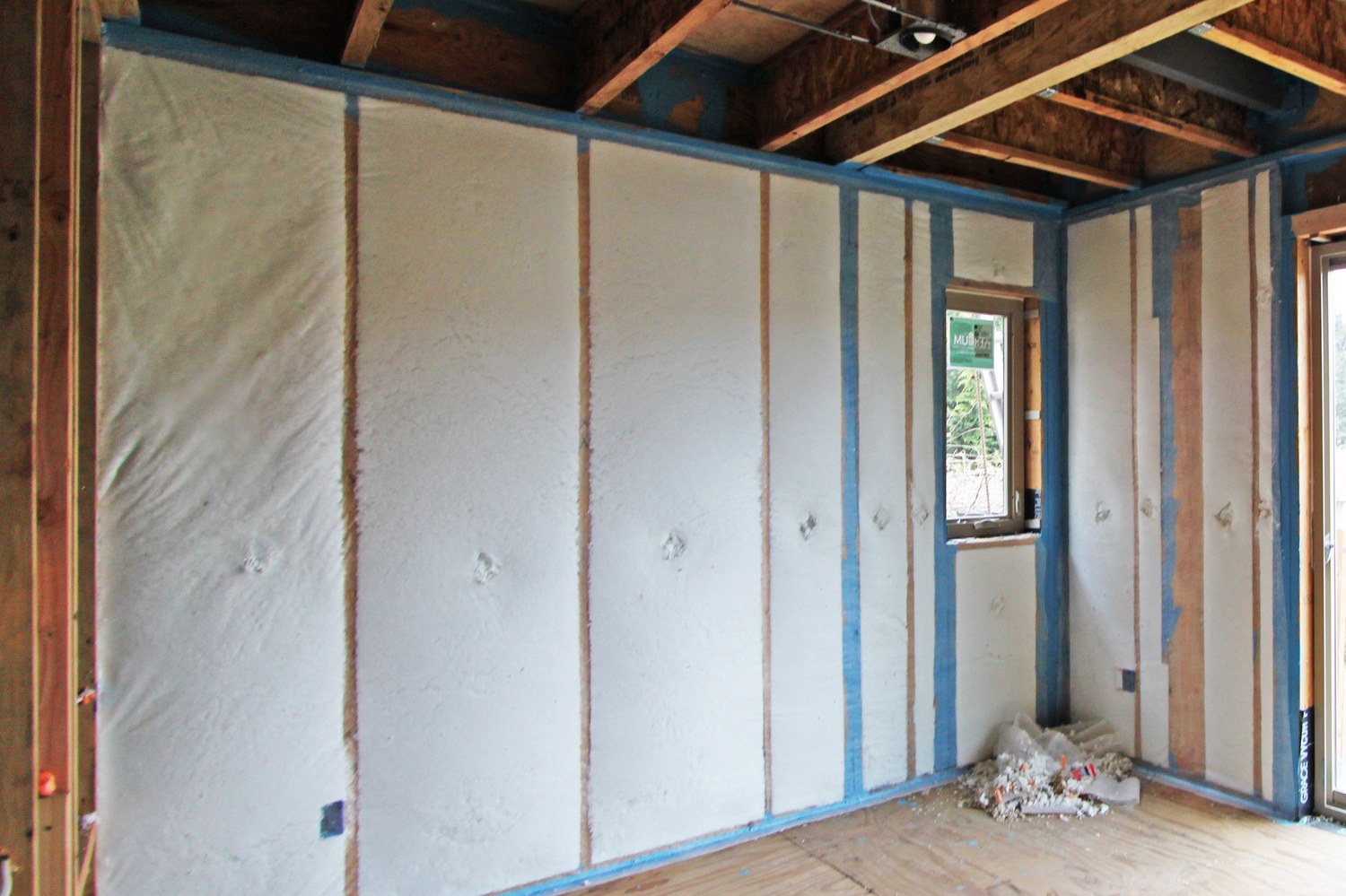
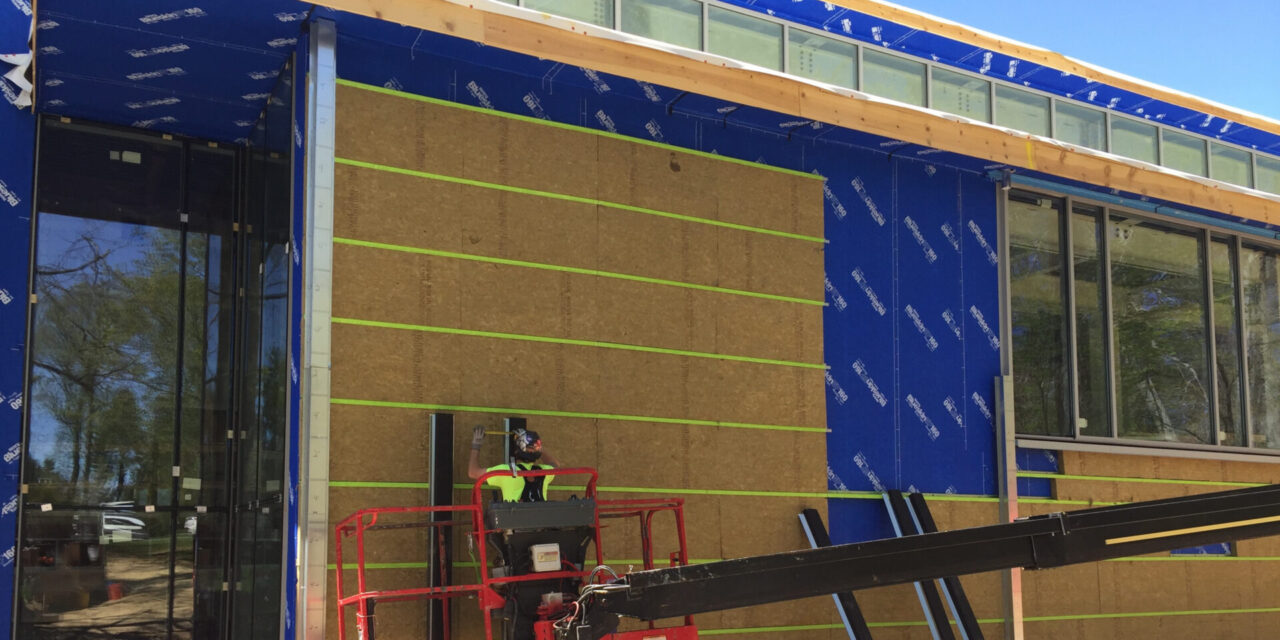

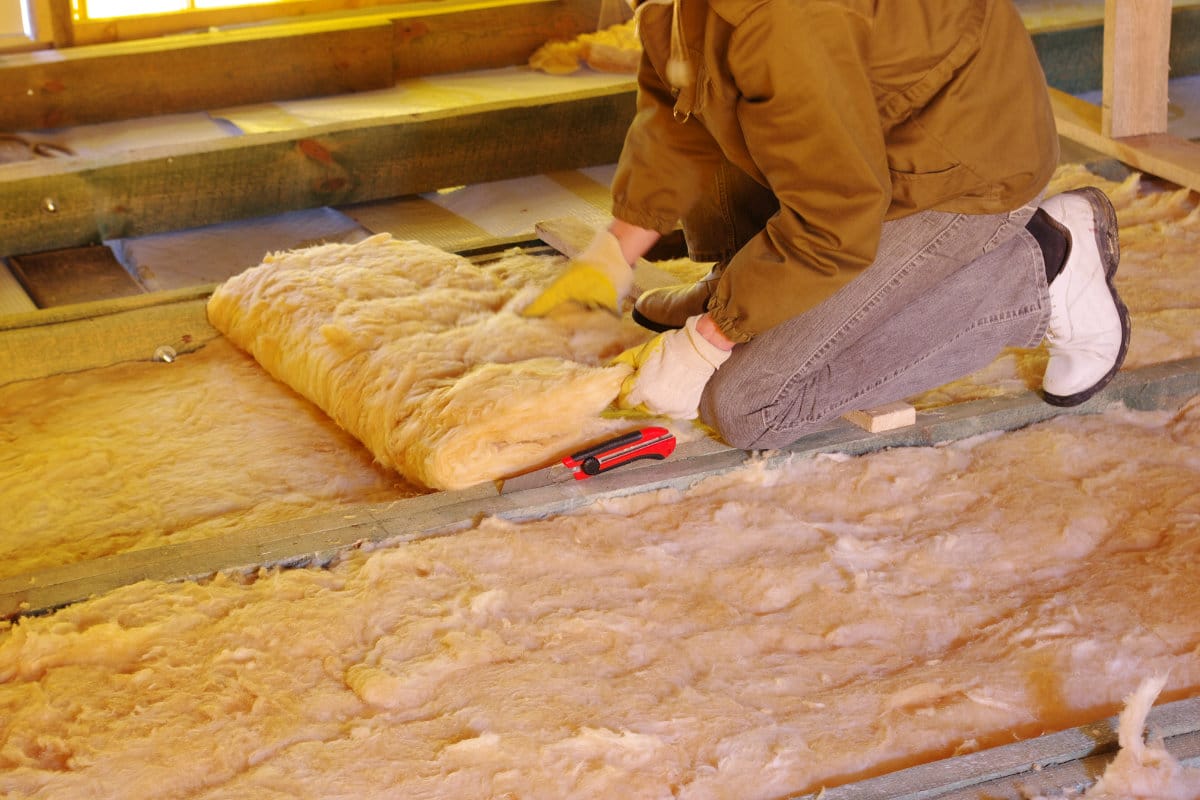
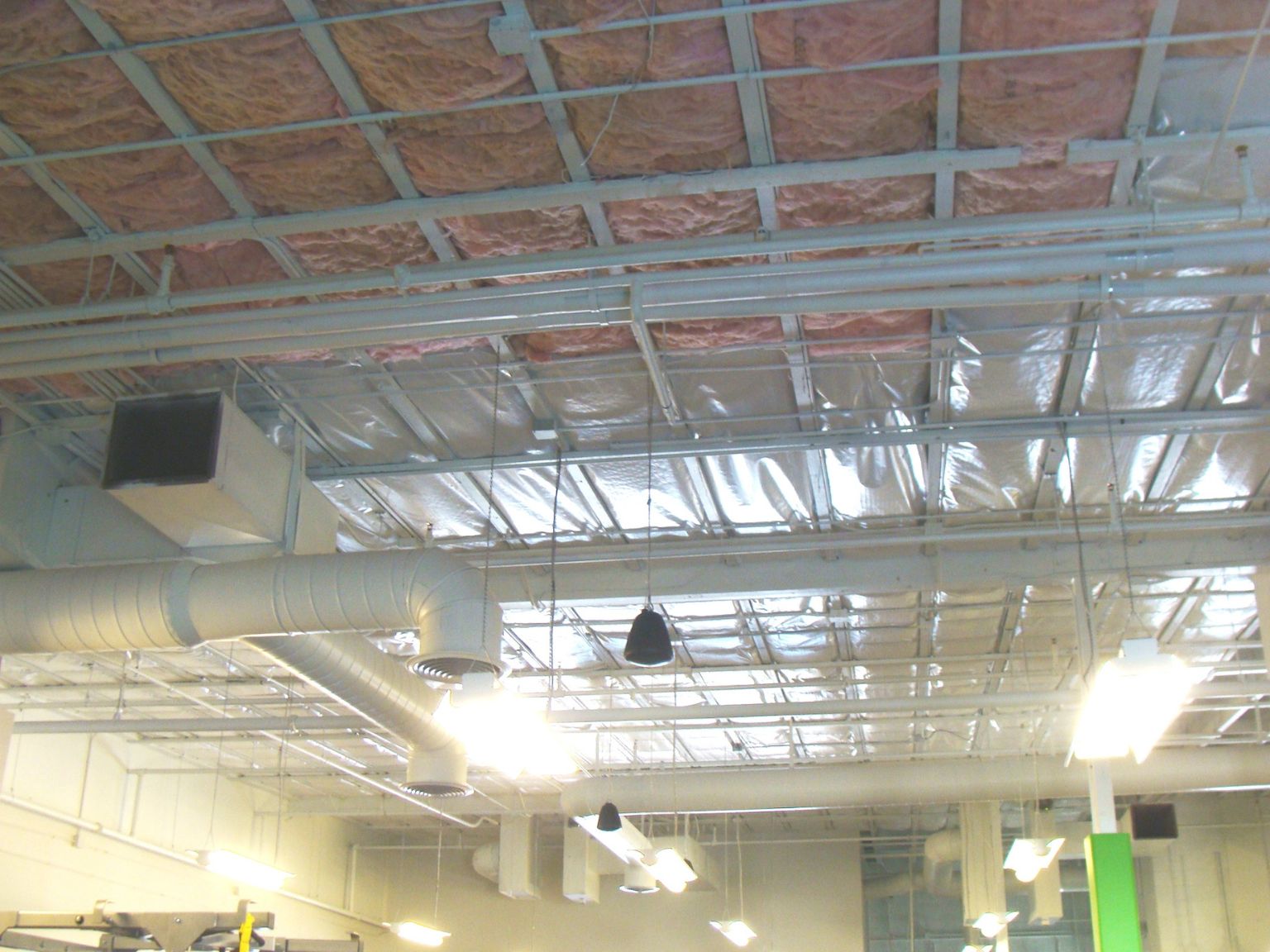

0 thoughts on “What Is Pink Insulation”